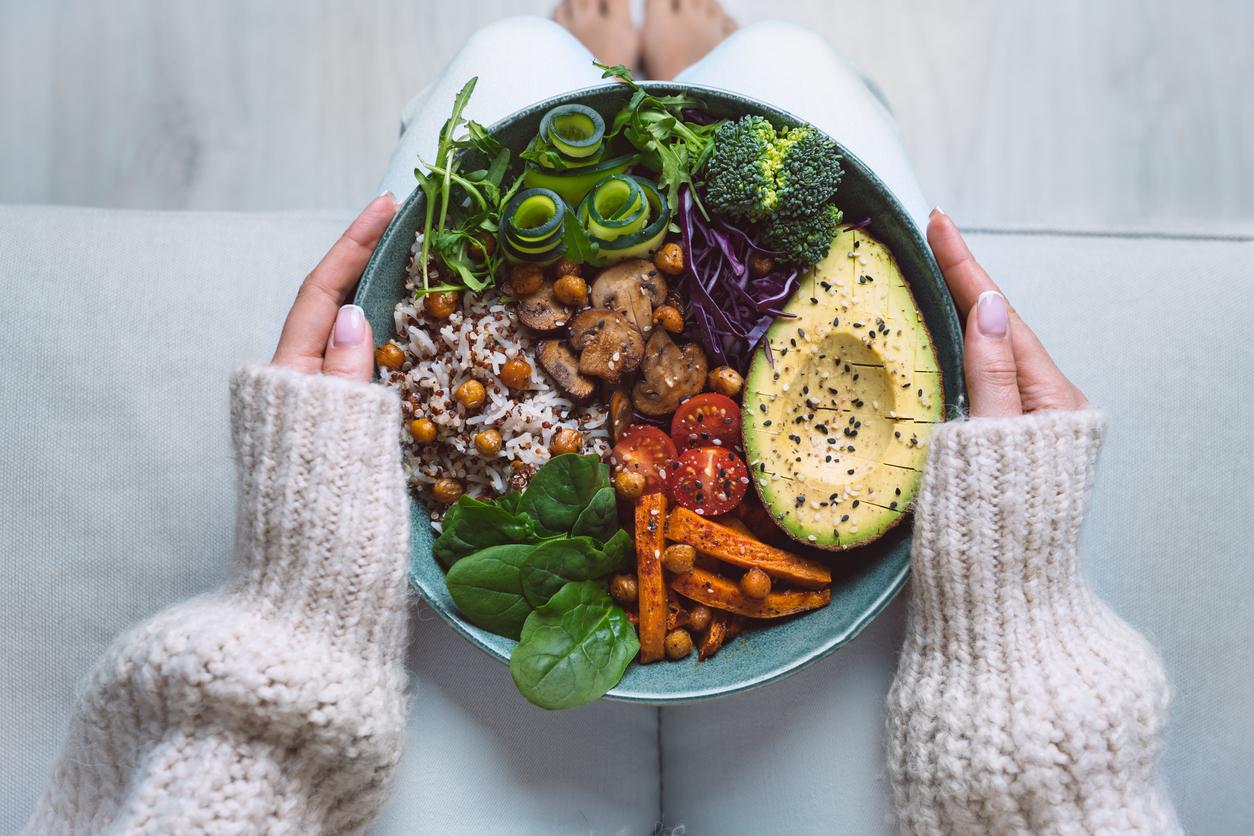
October 20, 2010 – Majority of consumers underestimate the calorie content of foods perceived to be good for health and overestimate that of unhealthy foods; what influences their consumption.
This is what reveals the work of nutritionist Véronique Provencher, researcher at the Institute of Nutraceuticals and Functional Foods and professor at Laval University. There, she directs a research program aimed at evaluating the influence of food perception on consumer behavior.
In a study to be published in 2011, the 236 participants aged 18 to 72 – were asked to estimate the calorie content of 8 foods considered to be good for health (orange juice, salad, chicken and yogurt in particular) and 8 others unhealthy (cola, hamburger and fries, among others).
Participants underestimated the actual calorie intake from “good” foods by 21% and overestimated the calories from “bad” foods by 27%. “People tend to believe that foods perceived as good for health contain fewer calories and that they can be synonymous with weight loss,” explains Véronique Provencher.
This is not always the case, however. The most striking example is that of the calorific content of cola and orange juice. It appears that 500 ml of orange juice contains 5% more calories than 500 ml of cola. The first product was overestimated by 30% while the second was also underestimated by 30%.
Another study1, carried out with 99 university students and published in 2009, came to similar conclusions and reveals the influence of perception on consumption. Two groups of participants were offered snacks that only differed in description. In one case, the oatmeal raisin cookies were advertised as high in fiber, no trans fat, and low in saturated fat. In the other case, they were described as being made of sugar and butter.
Participants ate 35% more cookies when they were described as good for their health. “The healthy traits make people feel safe and eat more of them. Perception therefore influences consumption, ”explains the dietitian.
The trap of health claims
“The only source of information that people have to assess whether a food is healthy or not is the food label, that is, the list of ingredients, the Nutrition Facts table and claims like health logos “no added sugar” or “low in fat”, for example, ”recalls Véronique Provencher.
However, people do not take the time to read nutritional information. They often rely on their past experiences and those of others, what they see on television and, most importantly, allegations.
The problem is, not all of these health claims are adequate. The researcher gives as an example the potato chips which are displayed “without cholesterol” while they never contained this lipid.
Other claims can be confusing. “A product that is labeled ‘trans fat free’ does not mean it is fat free or low in fat. But by association, people will opt for this product that they believe is better for their health, ”says the nutritionist.
The problem lies, according to Véronique Provencher, in the dichotomy that exists in terms of food. On the one hand, the food industry values certain health characteristics of their products too much. On the other hand, health professionals demonize others.
Results? This contradictory message can make consumers confused and suspicious and ultimately lead them to abandon foods that are truly healthy. Caution is therefore required, both for industry and for consumers.
“Food must be seen in its entirety,” says the researcher. Healthy eating is made up of a variety of foods. It is not only a question of nutritional values, but also of emotional, socio-cultural and gastronomic aspects. And you shouldn’t stop yourself from eating certain things, because by restricting yourself too much, you lose control, ”she says.
Louis Gagné – PasseportSanté.net
1 Provencher V, Polivy J, Herman CP. Perceived healthiness of food. If it’s healthy, you can eat more!Appetite. 2009 Apr; 52 (2): 340-4.
















